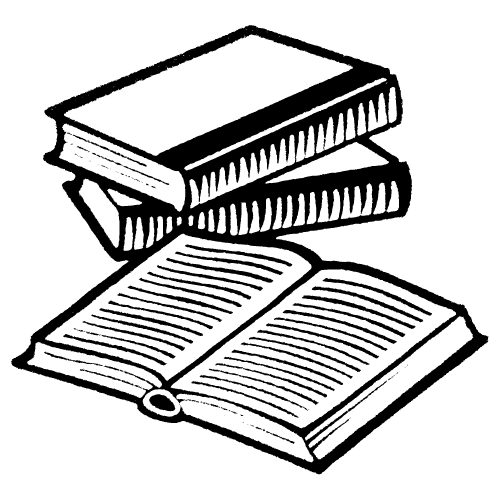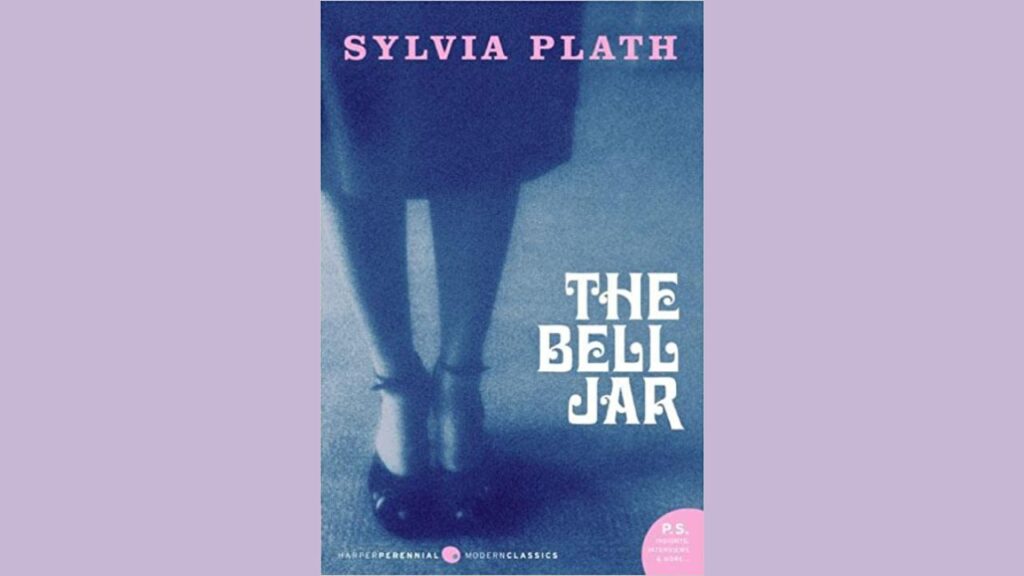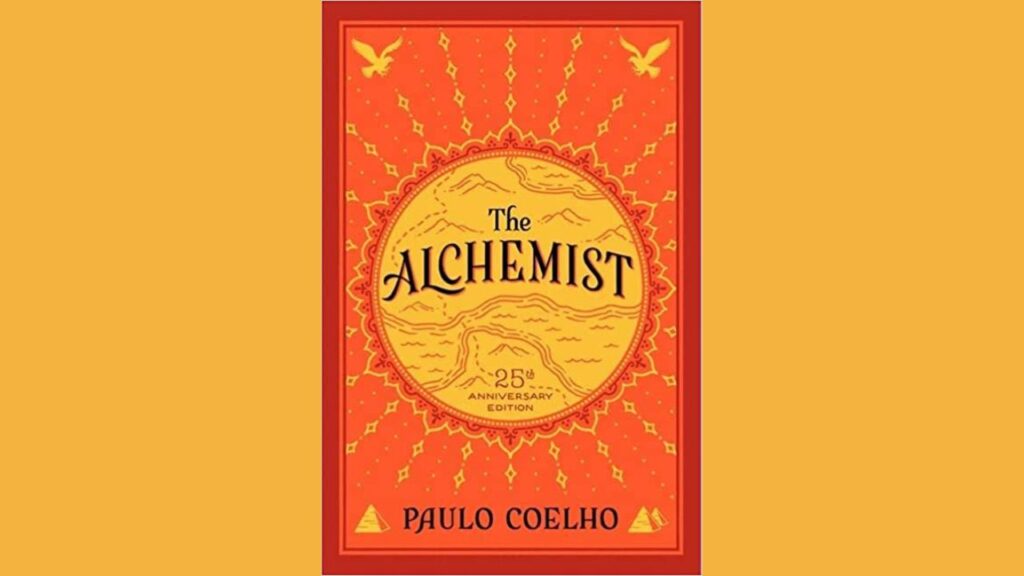
Student Notes – The Hunchback of Notre-Dame by Victor Hugo
Introduction:
The Hunchback of Notre-Dame, written by Victor Hugo and published in 1831, is a classic novel that explores themes of love, beauty, prejudice, and societal injustice. Set in 15th-century Paris, the story revolves around the lives of several characters, including the deformed bell-ringer Quasimodo, the beautiful gypsy Esmeralda, the priest Claude Frollo, and the captain of the archers, Phoebus. This set of student notes provides a comprehensive overview of the key elements, themes, and characters in The Hunchback of Notre-Dame, along with analysis and discussion points for further exploration and understanding.
Historical Context:
- Gothic Architecture: The novel is set against the backdrop of the magnificent Notre-Dame Cathedral, highlighting the architectural and cultural significance of the time.
- Prejudices and Social Hierarchies: The story explores the prejudices and inequalities prevalent in society, including discrimination against marginalized groups like the gypsies.
Characters:
- Quasimodo: The hunchbacked bell-ringer of Notre-Dame Cathedral, Quasimodo represents the outcasts of society and embodies the theme of inner beauty and humanity.
- Esmeralda: A beautiful and kind-hearted gypsy, Esmeralda becomes the object of desire for several characters and symbolizes the struggle for freedom and acceptance.
- Claude Frollo: The priest consumed by his forbidden lust for Esmeralda, Frollo represents the destructive nature of obsession and religious hypocrisy.
- Phoebus: The captain of the archers, Phoebus embodies the ideal of physical beauty but is morally flawed.
- Other Characters: Gringoire, Jehan, Louis XI, among others.
Plot Summary:
- The novel follows the intertwined lives of the characters as their paths cross within the walls of Notre-Dame Cathedral.
- Quasimodo’s unrequited love for Esmeralda, Frollo’s obsession, and the social and political turmoil of the time drive the narrative.
- Themes: Love and Desire, Beauty and Ugliness, Prejudice and Discrimination, Fate and Justice.
Key Themes and Symbolism:
- Love and Desire: The novel explores various forms of love, including Quasimodo’s selfless love for Esmeralda, Frollo’s distorted desire, and Phoebus’ superficial attraction.
- Beauty and Ugliness: The Hunchback of Notre-Dame challenges conventional notions of beauty, emphasizing the importance of inner beauty and humanity.
- Prejudice and Discrimination: Victor Hugo examines the societal prejudices and discrimination faced by marginalized groups, such as the gypsies, and critiques the injustice of such biases.
- Fate and Justice: The concept of fate and the role of divine justice play significant roles in the narrative, shaping the characters’ destinies and the outcomes of their actions.
Analysis and Discussion Points:
- Examine Hugo’s vivid descriptions of Notre-Dame Cathedral and its symbolic significance, discussing how the cathedral mirrors the characters’ inner struggles and the state of society.
- Reflect on the theme of prejudice and discrimination, considering how the novel explores the consequences of societal biases and the potential for societal change.
- Discuss the character development of Quasimodo and the portrayal of his humanity beneath his physical deformity, analyzing the themes of acceptance and empathy.
- Analyze the complexities of the relationship between Frollo and Esmeralda, exploring the themes of obsession, power, and the clash between desire and morality.
- Reflect on the novel’s exploration of fate and justice, considering the role of divine intervention and the consequences of characters’ actions.
Conclusion:
The Hunchback of Notre-Dame is a powerful and poignant novel that delves into themes of love, prejudice, beauty, and societal injustice. Victor Hugo’s rich storytelling and vivid descriptions bring 15th-century Paris to life, while his exploration of complex characters like Quasimodo, Esmeralda, and Frollo captivates readers with their struggles and desires. By engaging with the student notes provided, readers can delve deeper into the novel’s themes and characters, gaining a profound understanding of Hugo’s timeless masterpiece and its enduring relevance to societal issues.





